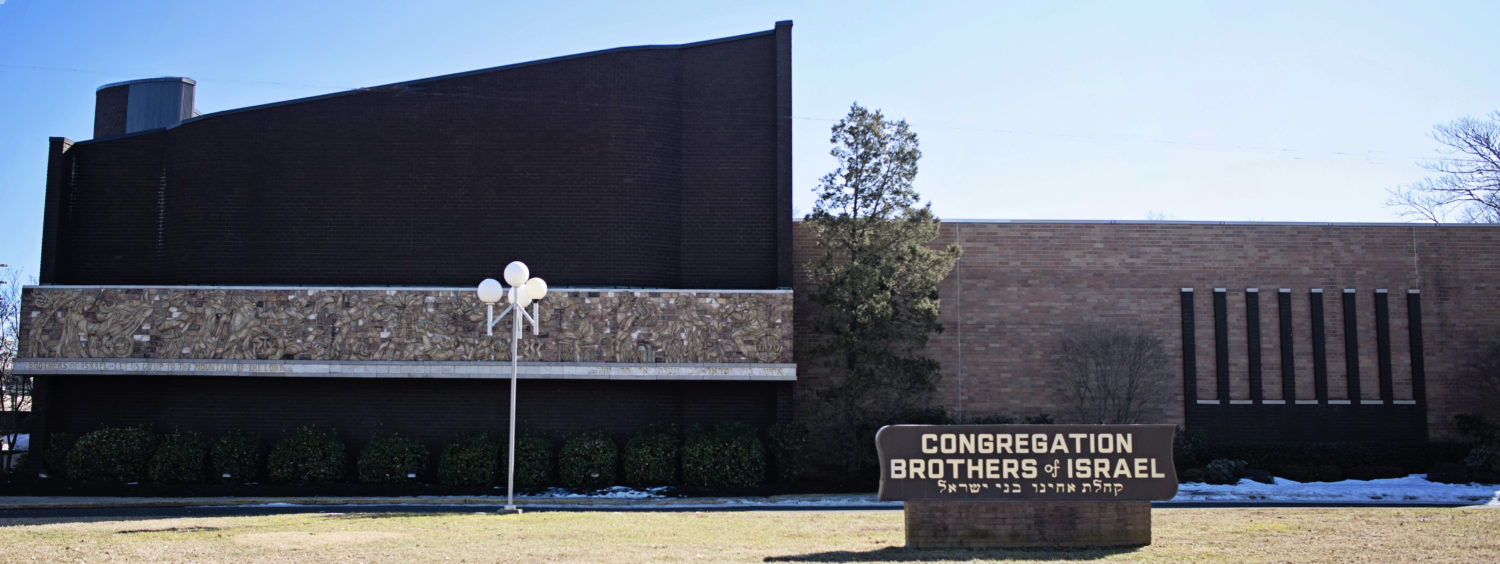What Do We Wish for Those We Deem Hashkafically Challenged
Adapted from Rabbi Braun’s sermon in 5778
In a conversation with an old friend this week I was asked about the direction of open orthodoxy and what the right approach is for one not enamored with it to take.
Before I tell you what my response was, I want to take a look at a similar scenario in this morning’s parsha.
Korach and his two groups are challenging Moshe and Aaron in the arena of political and spiritual leadership. They want fuller participation and according to the midrash are challenging some of the religious status quo.
How does Moshe react and what does he wish for them?
It seems from the text that Moshe and God go after them. Moshe pleads with God
במדבר פרק טז
וַיִּ֤חַר לְמֹשֶׁה֙ מְאֹ֔ד וַיֹּ֙אמֶר֙ אֶל־יְקֹוָ֔ק אַל־תֵּ֖פֶן אֶל־מִנְחָתָ֑ם
And Hashem burns them to smithereens and opens the ground to swallow up the other group!
They were a threat and they were dispensed with. According to this we should hope for the movement to implode and for the challenge to disappear. And there are those that wish for this to happen.
Another approach can be found in the drashot of Rabbi Jacob Loberbaum, the Baal Hanesivos.
He is much more famous for his commentaries to the Shulchan aruch (Choshen Mishpat) but he also has Derashot on the Torah.
His commentary to our parsha is fantastic and very insightful for our discussion.
First, he totally rereads Moshe’s request for Hashem to ignore their offering. There is a three-way argument in the Rishonim as to what it means, for that come to Shalosh Seudot. The Nesivos offers a 4th.
He suggests that there were 2 possibilities for the “incense off” between Aaron and the 250 men.
They could have each filled their pans with fire and offered the incense. The correct Kohen would have the korban accepted and live, the others would be offering Ketoret without permission and would die. Or they could each filled their pan with Ketoret and let Hashem choose the right one by sending fire to that one pan. In that scenario the right kohen is chosen and the others are dismissed but not killed.
The Nesivos suggests that initially Moshe suggests that they all offer the Ketoret at their own peril. That is verses 6 and 7.
במדבר פרק טז
(ו) זֹ֖את עֲשׂ֑וּ קְחוּ־לָכֶ֣ם מַחְתּ֔וֹת קֹ֖רַח וְכָל־עֲדָתֽוֹ
(ז) וּתְנ֣וּ בָהֵ֣ן׀ אֵ֡שׁ וְשִׂימוּ֩ עֲלֵיהֶ֨ן קְטֹ֜רֶת לִפְנֵ֤י יְקֹוָק֙ מָחָ֔ר וְהָיָ֗ה הָאִ֛ישׁ אֲשֶׁר־יִבְחַ֥ר יְקֹוָ֖ק ה֣וּא הַקָּד֑וֹשׁ רַב־לָכֶ֖ם בְּנֵ֥י לֵוִֽי
Then Moshe feels terrible that they should die at his hand. That is how he rereads
במדבר פרק טז
(טו) וַיִּ֤חַר לְמֹשֶׁה֙ מְאֹ֔ד וַיֹּ֙אמֶר֙ אֶל־יְקֹוָ֔ק אַל־תֵּ֖פֶן אֶל־מִנְחָתָ֑ם
and so he changed the test. In 17 we read:
במדבר פרק טז
(יז) וּקְח֣וּ׀ אִ֣ישׁ מַחְתָּת֗וֹ וּנְתַתֶּ֤ם עֲלֵיהֶם֙ קְטֹ֔רֶת וְהִקְרַבְתֶּ֞ם לִפְנֵ֤י יְקֹוָק֙ אִ֣ישׁ מַחְתָּת֔וֹ חֲמִשִּׁ֥ים וּמָאתַ֖יִם מַחְתֹּ֑ת וְאַתָּ֥ה וְאַהֲרֹ֖ן אִ֥ישׁ מַחְתָּתֽוֹ
Moshe tells them to take Ketoret without the fire and let God choose, with no peril to anyone’s life.
Ignoring Moshe’s instructions, they take the first and the rest is history.
They did not want to risk the embarrassment of not being chosen and so they went all in. They made the choice that ultimately does them in. Moshe wishes for them to live and self-correct, but they do themselves in.
Secondly, he uses one word in the Parsha to challenge a famous Gemara involving Rabbi Meir.
In Berachos 10a Rabbi Meir was being annoyed by some hooligans in his neighborhood and he davens for them to die. His wife gently nudges him and says, we don’t wish for the sinners to die, rather we wish for the sins to disappear. It does not say חוטאים, rather is says חטאים.
The problem says the Nesivos is that in our parsha we find the sinners referred to as
אֵ֡ת מַחְתּוֹת֩ הַֽחַטָּאִ֨ים הָאֵ֜לֶּה (17/3) the firepans of the chataim and not the chotim. Nevertheless, God kills them! What happened to get rid of the sins and not the sinners?
What is the difference between the 2?
He suggests that it is the internalization of the behavior and the ability to change. When an attitude becomes so ingrained and internalized that it becomes one with you and defines who you are – that is the sinners that go.
Until that point – it is the sin that goes, and the person returns to the fold.
According to the Nesivos – the hope is that every remains in the fold and connected to traditional Judaism until the point of no return. But that point is not determined by anyone on the outside, it is determined internally. It was the choice of the 250 to take that path and put themselves at risk. They transitioned from the chet to the chotim!
Now to my answer. First a caveat. I am not comparing progressive orthodoxy to Korach.
That being said – my hope is with the Nesivos, we would like everyone to remain within in the orthodox tent. But it is not really up to us, it is up to them. They will determine their path and their future. If the spirit of egalitarianism defines them it might lead one way. I remain with the Nesivos and hope for the best.


